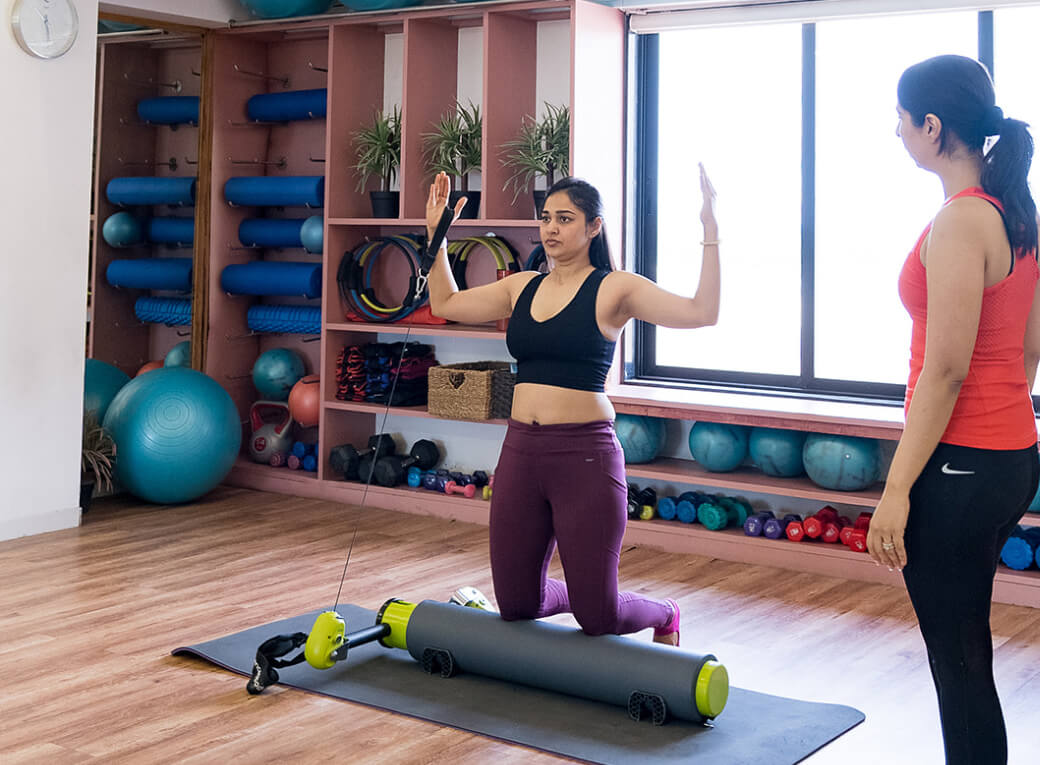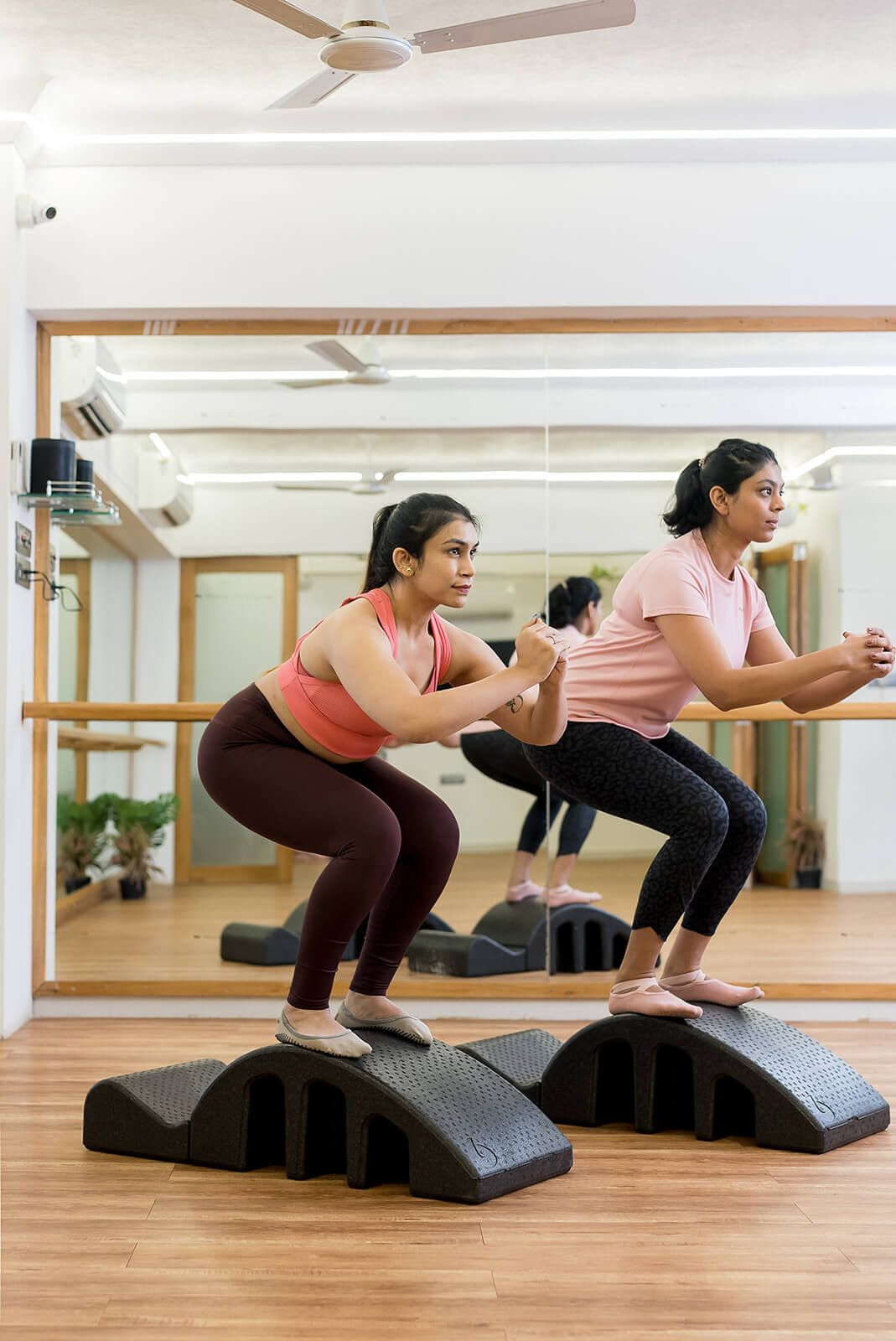Introduction to Pilates
Brief history and origins of Pilates: Joseph Pilates developed Pilates in the early 20th century as a method to rehabilitate injured soldiers. It has since evolved into a popular fitness practice.
The philosophy behind Pilates: Pilates is grounded in the idea of creating a strong mind-body connection. It emphasizes precision, control, and the importance of a strong core for overall well-being.
Key Principles of Pilates
Concentration: Pilates requires you to be fully present during your workouts. Concentration ensures that you perform movements with intention and awareness.
Control: Every exercise in Pilates demands controlled and deliberate movements. This control not only maximizes the effectiveness of each exercise but also minimizes the risk of injury.
Centering: Pilates considers the core muscles as the body’s powerhouse. Strengthening these muscles is vital for stability and balance.
Precision: In Pilates, precision means performing movements with exactness. It’s about getting the most out of each exercise by focusing on proper form.
Breath: Proper breathing techniques are essential in Pilates. It helps oxygenate the body, relaxes the mind, and supports the flow of movements.
Flow: The flow of movement in Pilates contributes to improved endurance, grace, and fluidity in your exercises. It prevents jerky or abrupt movements.
Benefits of Pilates
Improved Flexibility: Pilates exercises emphasize stretching and lengthening muscles, leading to improved flexibility over time.
Enhanced Strength: Pilates builds lean muscle, particularly in the core, contributing to improved overall strength without bulk.
Better Posture: By focusing on alignment and core strength, Pilates can help correct poor posture, reducing strain on the spine.
Stress Reduction: The mindfulness and deep breathing integrated into Pilates can lower stress levels and promote relaxation.
Pilates Equipment vs. Mat Pilates
Mat Pilates: Mat Pilates involves exercises performed on a padded mat. It relies primarily on your body weight for resistance.
Equipment-Based Pilates: This approach incorporates specialized machines like the Reformer or Cadillac, which provide both resistance and support during exercises.
Pilates Exercises and Techniques
The Hundred: A classic exercise involving dynamic arm movements and breathing to engage the core muscles.
The Roll-Up: An exercise that promotes spinal flexibility and abdominal strength.
The Swan Dive: A back-strengthening exercise that targets the upper body while enhancing flexibility.
Who Can Benefit from Pilates
Athletes: Pilates can enhance athletic performance by improving core strength, flexibility, and balance.
Seniors: Seniors can use Pilates to maintain mobility, improve stability, and prevent falls.
Rehabilitation: Physical therapists often incorporate Pilates into rehabilitation programs to aid recovery from injuries and surgeries.
Pilates and Core Strength
The core is the central focus of Pilates workouts. A strong core stabilizes the spine, improves posture, and supports overall body strength.
Pilates Classes and Instruction
Finding a reputable Pilates class: Look for studios or fitness centers that offer Pilates classes with certified instructors.
Qualified instructor: Seek instructors with proper certifications and experience in teaching Pilates.
Typical class structure: Describe what a typical Pilates class entails, including warm-up, exercise variations, and cool-down.
Tips for Getting Started
Wear comfortable clothing: Choose attire that allows for a full range of movement.
Choose an experienced instructor: Research and select an instructor with expertise in Pilates.
Start with beginner-level classes: If you’re new to Pilates, consider beginning with introductory classes.
Communicate any injuries or health concerns: Always inform your instructor of any medical conditions or injuries you may have.
Common Myths and Misconceptions
Pilates is only for women: Debunk the myth that Pilates is exclusively for one gender.
Pilates is too easy to be effective: Clarify that Pilates can be tailored to different fitness levels and can be quite challenging.
You need fancy equipment: Stress that basic Pilates exercises can be performed with minimal equipment.



